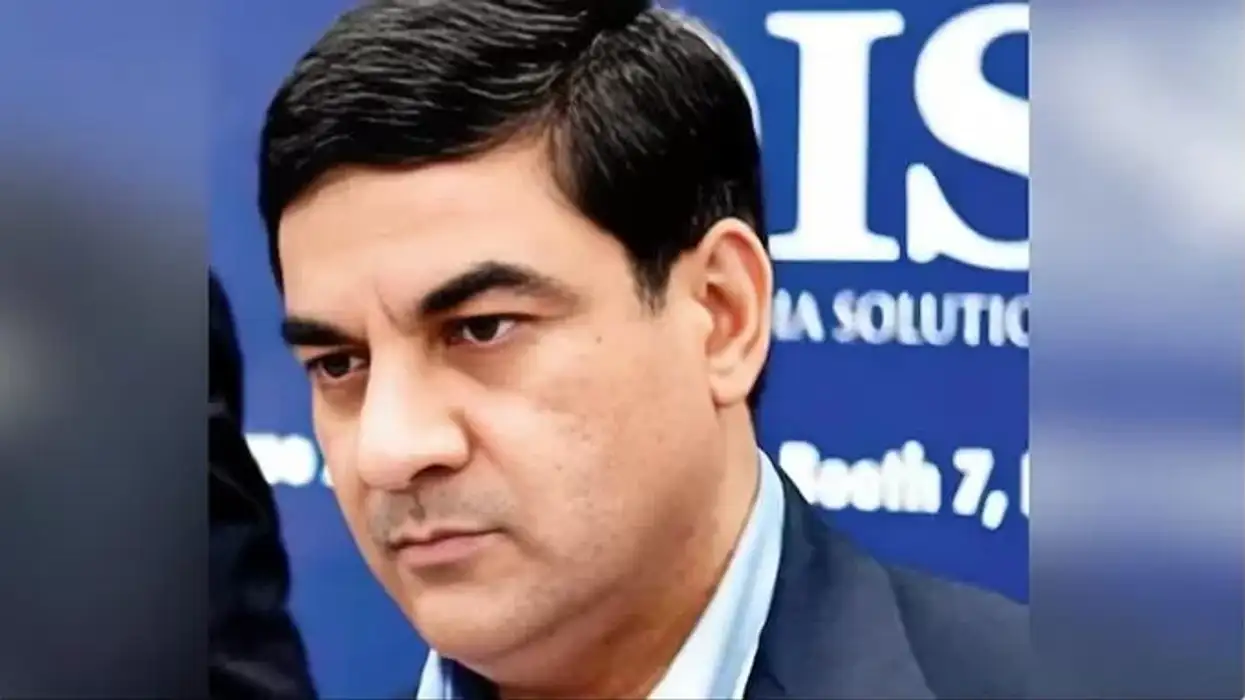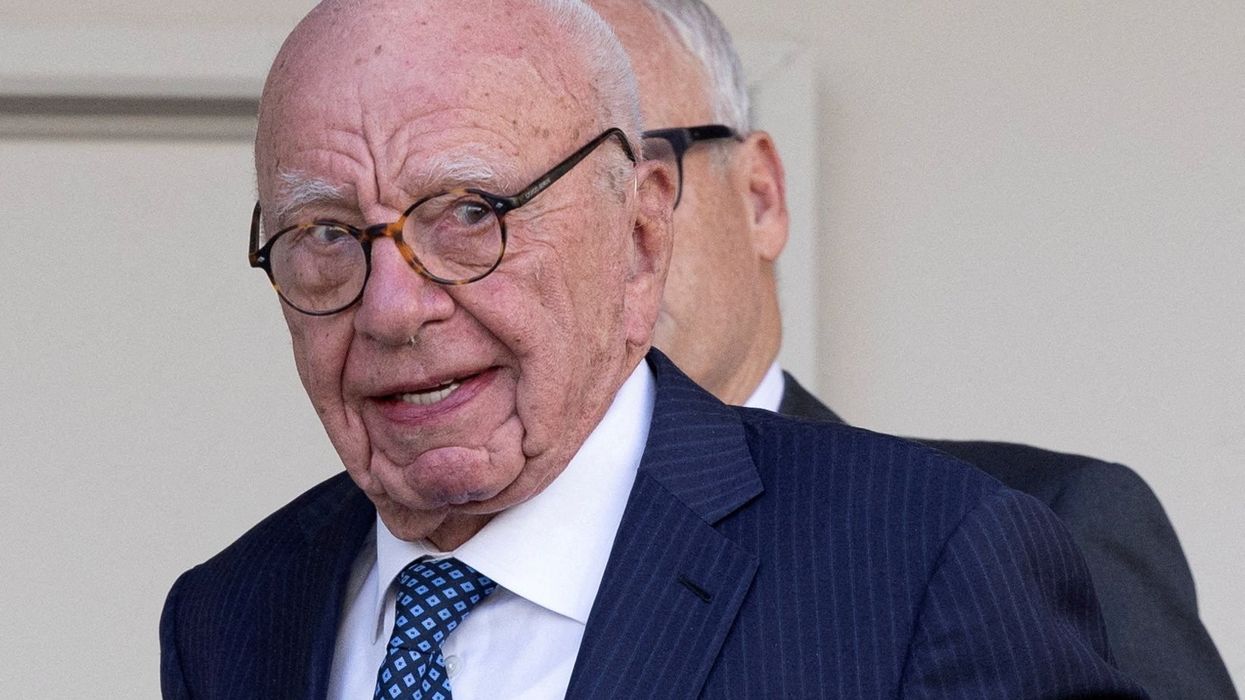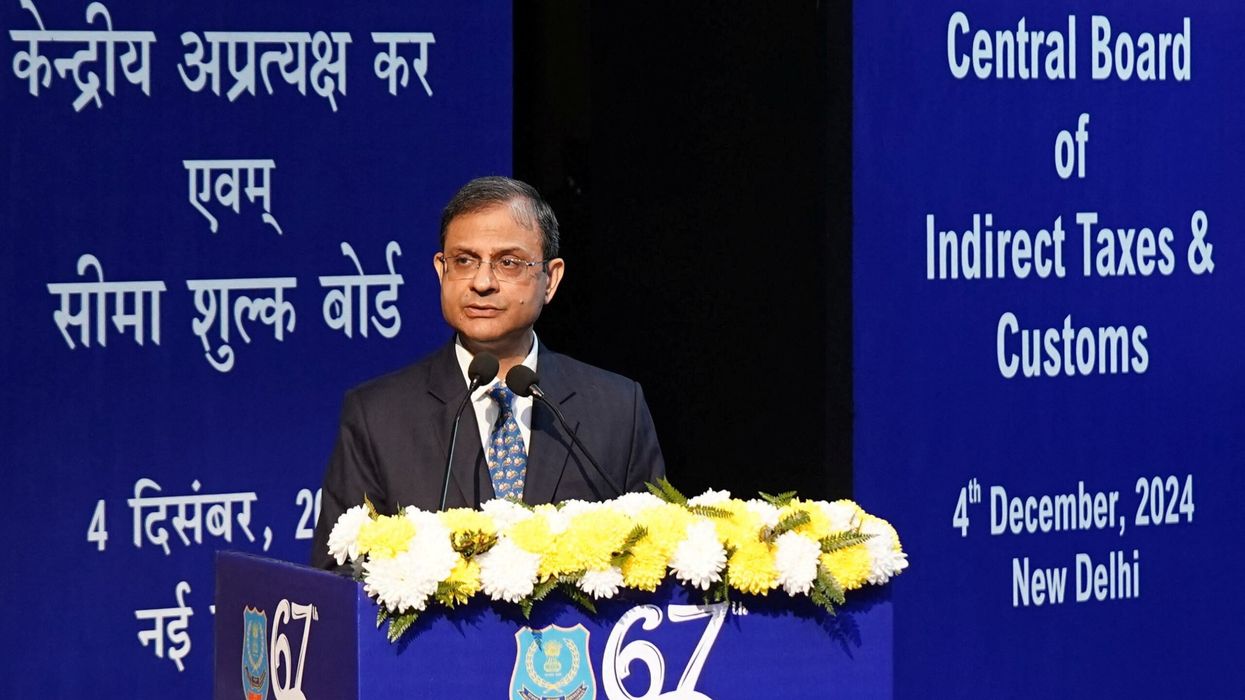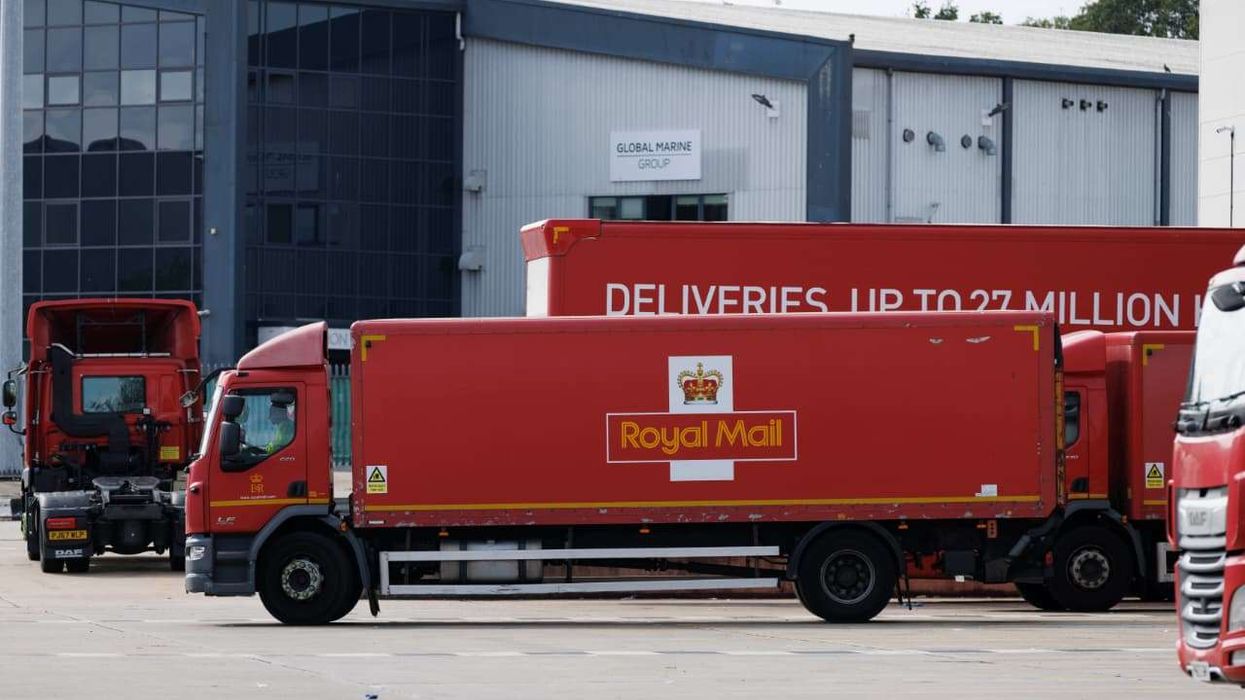By Howard Robin
BUOYED by the weak pound and a projected recovery in the capital’s high-end property sector, Indian investors are snapping up heavily discounted luxury homes in prime locations in central London.
They are at the forefront of a new wave of interest from overseas investors in flats and houses in Belgravia, Knightsbridge, Mayfair, Kensington, Chelsea, Marylebone and Notting Hill.
The recovery in the market for luxury homes in the heart of London follows a prolonged period of flat sales. It is marked by vendors offering large discounts which, when combined with the fall in value of the pound, mean major reductions to tempt buyers compared to the prices of just a few years ago.
Simon Deen, a director at the estate agent Aston Chase, said sales of luxury properties in central London were attracting a wave of renewed interest from international buyers.
“Year-on-year growth in the number of transactions in prime central London is not surprising. There is a continued faith in the medium-to-long term stability of the UK,” Deen explained.
Transactions recently negotiated by him have included a large house in fashionable Primrose Hill, bought by a family from Australia; a spacious luxury apartment in nearby Regent’s Park to a buyer from France; and an apartment in Whitehall to investors from China.
Other estate agents report a growing number of sales to Indian buyers, many of whom are looking for luxury homes that are vaastu [a traditional Indian architecture system] compliant.
According to the latest Savills annual housing report, prices will rise by three per cent in 2020 for high end property in London – the first annual increase for six years.
Savills says the turnaround will continue over the next five years with prices in the most exclusive are as jumping by six per cent in 2021, four per cent in 2022, four per cent in 2023 and two per cent in 2025.
This means the price of a luxury home in the heart of London is set to climb by a total of 20.5 per cent over the next five years, making the high end sector the capital’s brightest investment prospect.
A combination of stamp duty rises on multi-million pound dwellings and uncertainty over Brexit has led to a 20 per cent drop in asking prices on houses and flats in London worth more than £2.75 million in the past few years. Combined with the decline in the value of the pound, the turnaround forecast by Savills will mean the equivalent of a total discount of around 42 per cent for overseas real estate purchasers who buy in US dollars.
The Savills forecasts are based on there being no major shift in economic policy after the election and an assumption that the UK will leave the EU in an orderly fashion with a deal.
The forecasts also assume that the bank base interest rate rises to two per cent over the next fouryears, reducing mortgage borrowing and reining in house price growth.
The rise in the investment prospects of luxury properties in London contrasts with forecasts for house prices in the rest of the capital. Savills predicts that across the rest of London, where the average house price is now £429,000, prices will increase by only 4.5 per cent over the next five years.
Lucian Cook, boss of residential research at Savills, says: “Historically, a recovery in the luxury markets has been sparked in prime central London when the city’s most expensive properties start to look good value on a world stage.
“Values have been bottoming out over the past year, resulting in a build-up of new buyer registrations over recent months. This signals that the market is set for a bounce, but this is still being held up by uncertainty.”
Camilla Dell of the buying agency Black Brick said there are a substantial number of buyers from India operating in the middle to top end of the London property market.
Along with London’s historically large non-resident Indian (NRI) community, the number of south Asian investors in the capital’s property market has been boosted by changes to capital export rules introduced in India four years ago. Under the Liberalised Remittance Scheme, the capital allowance that purchasers can bring to the UK was increased to $250,000 (£192,365) per person per year.
“Indian buyers are still very prevalent in London – especially when you look at the wider number of Indians who are buying, known as non-resident Indians,” said Dell.
“Indian resident buyers are still somewhat limited in what they can spend on an overseas property due to exchange controls in India. Although the rules have become more relaxed, families are only allowed to transfer $250,000 per family member per year outside of India.
“So a family of four, after two years, would have a budget of $2m (£1.54m) to spend on a property. NRI buyers are not subject to the same restrictions and so tend to have higher budgets.”
Simon Garcia of Quintessentially Estates has observed an increase in the number of Indian investors in the luxury end of the market.
“We noticed a significant increase in Indian buyers over the last six months. The softening of prices and fall in the value of sterling both played a part as many trade in dollars,” Garcia said.
He added Indian families were purchasing properties in areas like Pimlico, Westminster and Marylebone, both as investments and as places to live.
Given the prominence of Indian buyers in the market, it is not surprising that estate agents are reporting how ‘vaastu-compliance’ has become one of the requirements that can make or break a deal.
Vaastu shastra, often likened to Oriental feng shui, is the ancient Indian guide to creating positive energy in a home, covering such things as the design, layout and measurement of entrances, bedrooms, dining rooms and gardens, with the overall aim of blending architecture with nature.
Penny Mosgrove of Quintessentially Estates said vaastu compliance is now increasingly cropping up among clients in the same way as feng shui.
“This year I was asked to find a home in Notting Hill that was vaastu-compliant. There had to be various ‘main’ entrances, no bathroom near the main door, doors that were not black, a door that opened in a clockwise manner and an entrance that had not got a shoe rack near it, nor a bin.
“All mirrors needed to be on the north wall and social rooms needed to face north or at least northeast. At the centre it required a brahmasthan, which is a space for reflection without any obstructions to it,” she revealed.
After a great deal of searching, Mosgrove eventually located a property meeting these requirements and a sale went ahead.
According to Dell, around a half of Indian purchasers look for vaastu-compliant properties and will keep searching until they find one. “This continues to be very difficult to fulfil,” she said, “particularly on properties that are already built.”
In a recent deal, the estate agent Arlington Residential sold an £8m home in St John’s Wood to an Indian purchaser who had previously ruled out a number of other houses because the ‘orientation’ was wrong.
A spokesman said: “Their vaastu adviser inspected the house and made suggestions such as removing the water fountains in the garden and repositioning furniture.”
According to Dell, those seeking properties that comply with vaastu requirements may do best to consider buying off-plan in the new-build market.
“Last week we concluded a deal for a non-resident Indian client on an off-plan development. The developer was open to changing the layout to meet our client’s vaastu requirements.”
However, with prices in luxury London well out of the reach of most first-time buyers, the crucial question for young purchasers in the capital is: where are the up-and-coming areas in which value will increase the most over time?
According to Savills, house price growth in greater London overall will go up by just four per cent over the next five years, a fraction of the 20 per cent increase forecast for prime central locations.
On the face of it, such relatively modest growth prospects may seem off-putting for young people who want to get on the housing ladder, but who are reluctant to commit their savings and incomes to an investment with relatively low yields.
Of course, the prime motivation for most firsttime buyers is to find somewhere to live. And while the days of soaring house price inflation across London with a guaranteed property nestegg 20 years down the line have long gone, buying is still considered preferable to renting by most people with sufficient savings and income to obtain a mortgage.
Property expert Michelle Shein said: “Even in a flat housing market, it’s preferable to be a buyer than a renter and this is particularly true in London, where rents are like a black hole swallowing up people’s income. My advice to young first-time buyers is to look for somewhere that ticks the box of being a desirable place to live, but is also in an area that is projected to outperform other equivalent areas in terms of price growth.”
According to research by the property company CBRE, there are a number of areas in greater London where property prices are likely to increase by more than average values, because they will benefit from a “regeneration price growth premium”.
Its research suggests that property prices in these regeneration zones – and within an 820-yard radius – will grow by an average of 3.6 per cent a year more than equivalent properties in the wider market.
Its current regeneration top performer is Woolwich in the borough of Greenwich, southeast London. Once an important naval, military and industrial area, it suffered decades of economic decline and social deprivation. However, large-scale urban renewal projects are transforming its fortunes.
Projects include a £1.2 billion development by Berkeley Homes of an 88-acre site at Royal Arsenal Riverside with 5,000 new homes. Meanwhile, a large swathe of the high street is undergoing a fiveyear development programme. Also key to Woolwich’s emergence as a property hotspot is the planned opening of a new Crossrail connection to Woolwich in 2021.
University lecturer Jessica Templeton said the new transport link, along with Greenwich council’s many regeneration schemes, were key to her decision to buy a £590,000, three-bedroom townhouse in the area with her wife Caroline Smith.
She said locals have bought into the regeneration which has seen the arrival of great new restaurants and food markets as well as a local theatre company, and she fully expects the value of her property to rise over the long term as the once down-at-heel area continues its resurgence.
London’s population is expected to reach 11 million by 2050 and much of this expansion is forecast to occur in the relatively undeveloped western part of the city.
One of the most dramatic regeneration projects is the Old Oak and Park Royal Development, a £26bn masterplan transforming a huge 1,600-acre site straddling the London boroughs of Brent and Ealing in an area of west London between Harlesden and East Acton.
The scale of the project has led to Park Royal and Old Oak Common being described as a potential ‘Canary Wharf of west London’, driving house price and rental growth in the area. It is one of CBRE’s projected top property performers with a regeneration price growth premium of 4.6 per cent.
The original plan was described by London mayor Sadiq Khan as “the largest new development in the capital since the London 2012 Olympics”. It aims to add 25,000 homes for an estimated 60,000 people and appeal to professionals, students and other aspiring Londoners looking for cheaper prices and the connectivity of a £1.3bn Crossrail interchange at Old Oak Common, linking commuters to 41 stations in London and the southeast.
A major manufacturing and logistics district, the economy of Park Royal has been growing in recent years with a 25 per cent rise in the number of local businesses.
This transformation is attracting a growing number of young professionals and also students due to its proximity to centres of education such as the new campus of Imperial College London at nearby White City. Other areas of interest include media and fashion hub White City and the bustling high streets of Ealing and iconic Wembley stadium.
One of the biggest new residential projects of the district is Regency Heights, a collection of more than 800 studios and one, two and three-bedroom apartments offering panoramic views over West London and just a few minutes’ walk from Park Royal Station.












